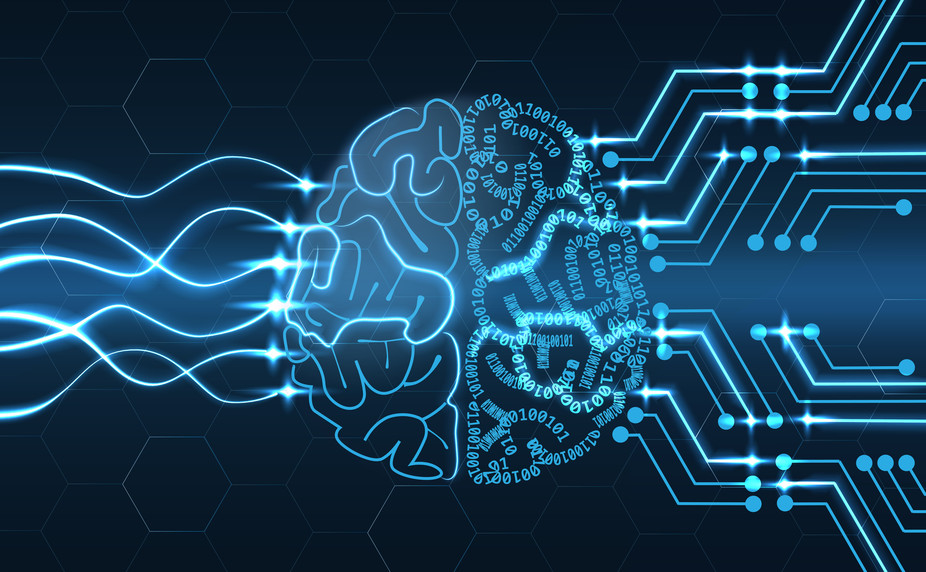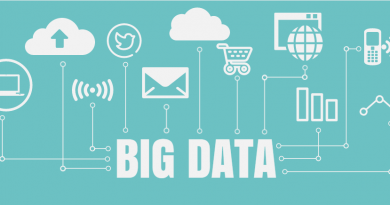Top Benefits of Artificial Intelligence
Artificial intelligence (AI) has managed to attract the attention of physicians and doctors. The field of medicine is now upgrading to another level with AI that is helpful for diagnostic imaging of patients’ conditions. Previously, doctors were faced with the challenge of analyzing overloads of patients’ information. AI is currently proofing to be beneficial because it is helping doctors by boosting their ability to find relevant data required to treat a patient more easily.
When a radiologist performs a chest computed tomography (CT); the AI will review the patient’s image and recognize potential results immediately. Later, the AI will compare the patient’s results with the past reports from the electronic medical records (EMR) to give a full diagnosis. In this scenario for chest pain, the AI system will request retrieval of all data and the patient’s past cardiac history. The AI system will require the patient’s past imaging reports, pharmacy information about drugs, and the recent laboratory results.
Studying images may seem futile for radiologist because they might miss relevant information about the patient’s condition. When a radiologist performs a CT scan on a patient, the image goes to the PACS Radiology software. Further, a copy of the image is transferred to a separate server, which hosts the AI engine. The AI interprets the image and stores the findings. The software communicates with a separate third party server when the radiologist opens the images for study. Consequently, the results are delivered to the radiologist.
A radiologist recognizes the availability of results through an icon on the desktop. The icon is usually color-coded hence easily recognizable. A green icon is a good sign because it confirms that the diagnosis is fine and lack abnormalities. On the other hand, a red icon symbolizes abnormal results.
The integration of AI with diagnostic imaging has been a success to the medical field. Radiologists have released reports thanks to the use of AI. For instance, radiologists can read CT scans for patients suffering from trauma and oncologic indications. The AI promptly alerts them of the patient’s condition, for example, osteoporosis. These findings help the radiologist to recommend treatment alternatives for a patient, for example, DEXA to help in the assessment of osteoporosis.
Artificial intelligence is the present and future technology for the radiologist. Apart from giving them smooth and unobtrusive results, AI-generated results are readily available for interpretation by radiologists. AI has algorithms that release findings when interpreting an image. For instance, if the algorithms detect a bleed in a patient’s brain, then the radiologist is informed through a message. This information is vital for the radiologist who decides on the next course of action. Moreover, the radiologist would prioritize his research based on the algorithm’s findings.
The Benefits of Artificial Intelligence
Artificial intelligence reduces costs of hospital bills. This new technology can be found in online sites hence providing patients with their medical records. Furthermore, patients can easily get medical assistance without necessarily visiting the hospital. This technology reduces human errors, especially radiologists. AI assists to eliminate errors that might be caused by exhaustion and lack of activeness. Additionally, it helps to relieve the monotonous and time-consuming work.
Artificial intelligence gives fast diagnostics. Immediate action is vital for some diseases since they may become more severe. AI quickly makes a diagnosis and compares with the previous findings to draw a full report. Moreover, AI can diagnose eye problems and malignant melanoma.
Artificial Intelligence has a virtual presence where it can communicate with patients who reside in remote locations. A doctor can interact with a patient using a robot to clarify questions and provision of services. Apart from diagnostic imaging, artificial intelligence is applied in therapy planning and generating reminders and alerts. Therefore, the integration of artificial intelligence with diagnostic imaging will help to boost the healthcare through enhancing the storage capacity of data and interpretation of information.




